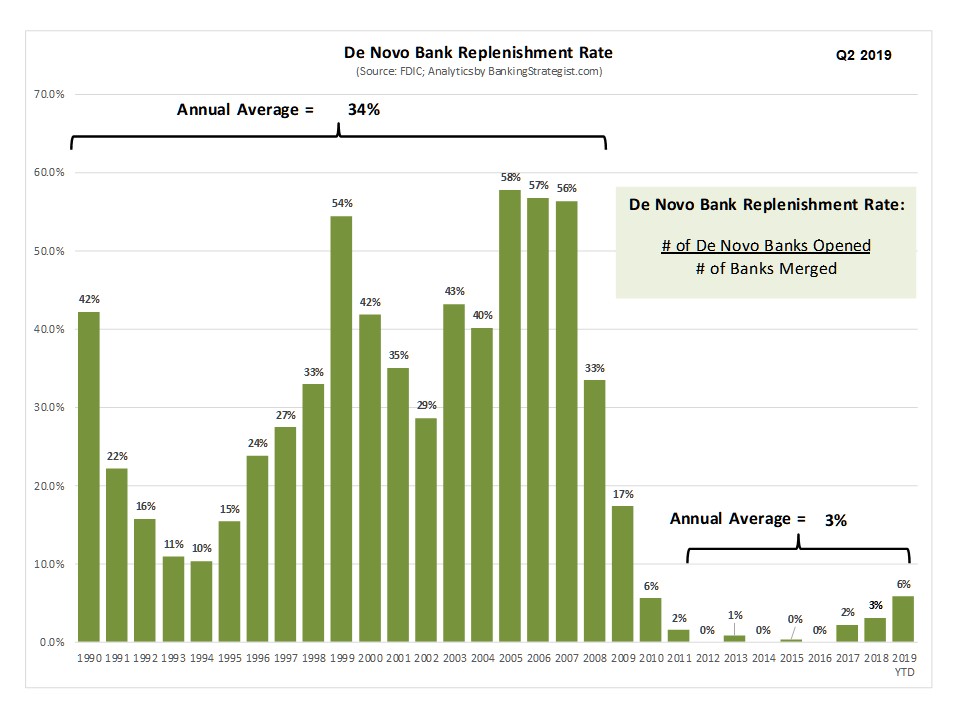As you continue your 2020 planning, the growth of the economy - U.S., regional and local - are key to establishing one of your baseline assumptions.
Remember that lyric from “The Wall” by Pink Floyd: “How can you have any pudding, if you don’t eat yer meat?”
The question for the economy is “How can you have strong economic growth, if business investment continues to be constrained?” Or if the services sector is weak?
Let’s look at the key components of GDP reported this week and their contribution to GDP’s 1.9% growth rate:
Consumer spending remained strong. Non-durable Goods is a $3 trillion component of the economy and grew by a strong 4.4%; while Durable Goods - a $1.8 trillion component - exhibited an outstanding 7.4% growth. These two components contributed 1.1 percentage points to GDP growth.
The consumer remains confident. If this continues into 2020, it will be one of the key engines of growth.
But there are two areas that are not showing the growth needed for a stronger growth rate in GDP for 2020:
Services: this is the largest component of our economy at $8.6 trillion, growing at only 1.7%. Representing 43% of our economy, if this component continues at this subpar growth, the economy in 2020 will have limits on its growth.
Business Investment in Equipment and Structures: These two components total $1.8 trillion. Both categories contracted during the second quarter - contracted GDP growth by (0.7) percentage points (wrong direction!). Forget any survey on business confidence, these two categories tell the story. If business investment does not pick up, 2020 economic growth will be very weak.
For 2020, business confidence will be key. If it weakens, there could be fall out into consumer spending. The Fed has taken some actions to support confidence in the economy. If the trade negotiations reach a compromise, this could be a critically important factor. Global economic growth will still be a worry. The agricultural sector remains under stress. The 2020 U.S. election will be an element of uncertainty as will other activity in D.C.
So, as you plan out your business for 2020, there are many uncertainties that remain. The economy is still solid and economic growth - albeit, slower - will occur. What are the key drivers of the economy in your regional and local markets that will further impact your planning assumptions?
Good luck! And much continued success!











